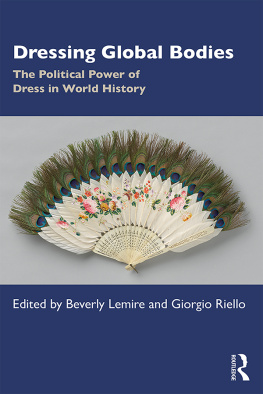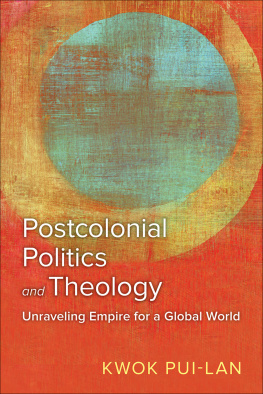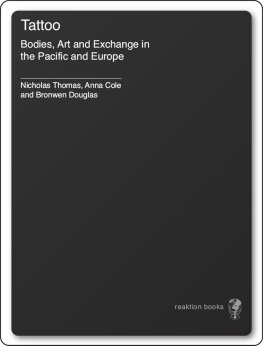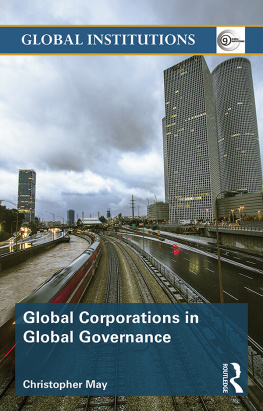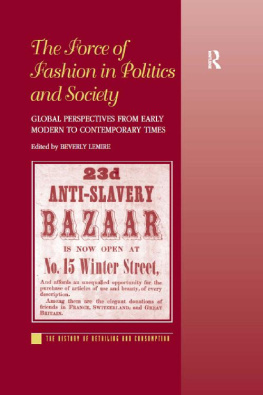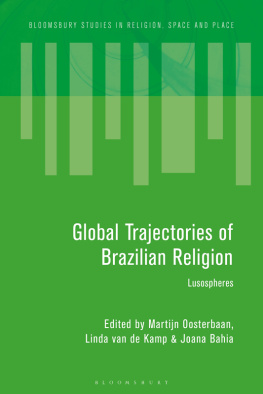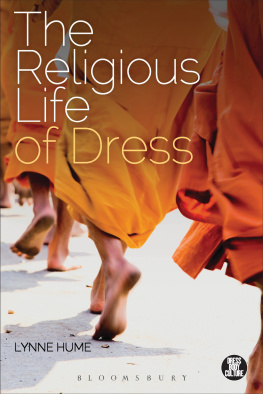DRESSING GLOBAL BODIES
Dressing Global Bodies addresses the complex politics of dress and fashion from a global perspective spanning four centuries, tying the early global to more contemporary times, to reveal clothing practice as a key cultural phenomenon and mechanism of defining ones identity.
This collection of chapters explores how garments reflect the hierarchies of value, collective and personal inclinations, religious norms and conversions. Apparel is now recognized for its seminal role in global, colonial and post-colonial engagements and for its role in personal and collective expression. Patterns of exchange and commerce are discussed by contributing authors to analyse powerful and diverse colonial and postcolonial practices. This volume rejects assumptions surrounding a purportedly all-powerful Western metropolitan fashion system and instead aims to emphasize how diverse populations seized agency through the fashioning of dress.
Dressing Global Bodies contributes to a growing scholarship considering gender and race, place and politics through the close critical analysis of dress and fashion; it is an indispensable volume for students of history and especially those interested in fashion, textiles, material culture and the body across a wide time frame.
Beverly Lemire is Henry Marshall Tory Chair, Department of History and Classics, University of Alberta, Canada. She publishes widely on early modern consumer practice, fashion, material culture, textiles and trade, most recently Global Trade and the Transformation of Consumer Cultures: The Material World Remade, c.15001820 (2018).
Giorgio Riello is Chair of Early Modern Global History at the European University Institute, Italy. Among his books are Cotton (2013), Luxury (2016), and Back in Fashion (2020). Giorgio has published extensively on fashion, textiles and global trade between Europe and Asia in the early modern period.
First published 2020
by Routledge
2 Park Square, Milton Park, Abingdon, Oxon OX14 4RN
and by Routledge
52 Vanderbilt Avenue, New York, NY 10017
Routledge is an imprint of the Taylor & Francis Group, an informa business
2020 Beverly Lemire and Giorgio Riello
The right of Beverly Lemire and Giorgio Riello to be identified as the authors of the editorial material, and of the authors for their individual chapters, has been asserted in accordance with sections 77 and 78 of the Copyright, Designs and Patents Act 1988.
All rights reserved. No part of this book may be reprinted or reproduced or utilised in any form or by any electronic, mechanical, or other means, now known or hereafter invented, including photocopying and recording, or in any information storage or retrieval system, without permission in writing from the publishers.
Trademark notice: Product or corporate names may be trademarks or registered trademarks, and are used only for identification and explanation without intent to infringe.
British Library Cataloguing-in-Publication Data
A catalogue record for this book is available from the British Library
Library of Congress Cataloging-in-Publication Data
A catalog record has been requested for this book
ISBN: 978-1-138-49317-9 (hbk)
ISBN: 978-1-138-49318-6 (pbk)
ISBN: 978-1-351-02874-5 (ebk)
Hissako Anjo is Lecturer in the Department of Business, Hannan University in Osaka, Japan.
Jody Benjamin is Assistant Professor of History at the University of California, Riverside, United States.
Susanna Burghartz is Professor of Renaissance and Early Modern History at the University of Basel, Switzerland.
Sarah Fee is Senior Curator (Eastern Hemisphere Textiles & Fashion) at the Royal Ontario Museum in Toronto, Canada.
Antonia Finnane is Honorary Professor at the School of Historical and Philosophical Studies, University of Melbourne, Australia.
Karen Tranberg Hansen is Professor Emerita in Department of Anthropology and African Studies, Northwestern University, United States.
Laura Jocic is an independent curator and doctoral researcher at the University of Melbourne, Australia.
Beverly Lemire is Professor and Henry Marshall Tory Chair at the University of Alberta, Canada.
Jane Malthus is Honorary Curator at the Otago Museum, New Zealand.
Tara Mayer is Senior Instructor in the Department of History, University of British Columbia, Canada.
Giorgio Riello is Professor and Chair of Early Modern Global History at the European University Institute, Florence, Italy.
Miki Sugiura is Professor of Global and European Economic History of Hosei University in Tokyo, Japan.
Sophie White is Associate Professor of American Studies at the University of Notre Dame, United States.
Cory Willmott is Professor and Chair in the Department of Anthropology, Southern Illinois University Edwardsville, United States.
Beverly Lemire and Giorgio Riello
Dress is a broad and complex material category that has received much attention over past decades. Its link to the body and reflection of culture, creativity and capacity attract audiences of many kinds to exhibitions, conferences and published works, as well as intriguing students and scholars in many disciplines. Unlike nominally uniform commodities, dress is recognized for its profound variability whether in the form of outer garments or in the shape of small accessories. Attention to global exchange and material culture illuminates the influences that flowed from region to region, people to people, expressed in myriad ways through cultures of dress. Yet, when considered within such a global arena, dress is sometimes contentious, it brings together people as it sets them apart; dress is entangled with power and at times illuminates the persistence and defiance of marginalized peoples and displays the features of industrial and political systems whether in the making of new goods or the circulation of second-hand all topics explored in this book.
Material culture and global dress
The global, the material and power inform the analyses contained in this collection and weave together a vital intellectual tapestry. There is no better way to approach these issues than through an artefact like this Chinese folding fan, made about 18201830 for export to Western markets (. The Renaissance vogue for feather fans, among aspiring Europeans, revived again from the mid-nineteenth century and carried into the twentieth, with feather fans becoming a craze in Western societies.
Source: Gift of Mrs Henry W. Breyer, Sr. 1967. Philadelphia Museum of Art, 19671723.
The sophisticated combination of materials in this fan suggests the ways in which design and the choice of materials were deployed to appeal to various buyers. Equally, the rage for fans in the mid-nineteenth century enabled a wider range of makers to present their take on this fashion accessory, including Native American fashion makers like the Wendat outside Quebec City (
Source: Museum of Fine Arts, Boston, 1979.446. Gift of Thomas Logan Orser.
Attention to material culture is pivotal to obtain a full, rich analysis of the many facets of dress considered in this volume. Artefacts contain tacit evidence described as extralingual. Leora Auslander observes the power of things, noting that: human beings need things to express and communicate the unsaid and the unsayable to situate themselves in space and time as well as for sensory pleasure. Extant material evidence and historical representations form the analytical framework for this volume. Material culture study encourages attention to cross-cultural exchange, foregrounding creative actors that might otherwise go unnoticed. The influence of the global takes more tangible form when its materiality is acknowledged and assessed; similarly, the range of actors shaping the local and global are more fully apparent when a material culture approach is mobilized. Materiality opens for us a door into the world of people whose aesthetic, sartorial and material choices were not necessarily conveyed in written documents.

